Importance
Flowers and pollinators belong together – they cannot live without each other. That is why Flowers4Bees brings together companies of the flower industry to protect pollinators.
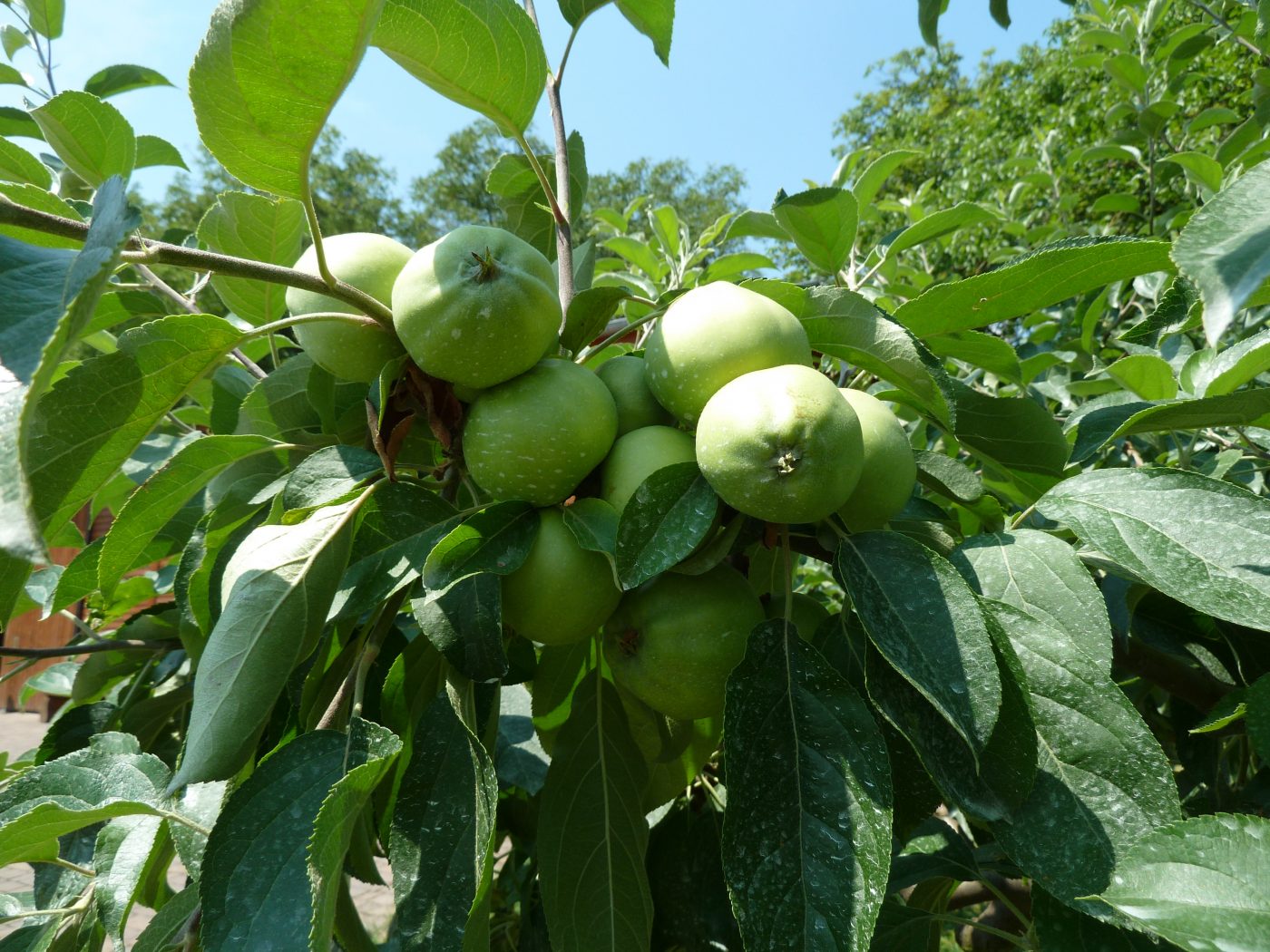
Pollination
Insects that transfer viable pollen from blossom to blossom are called pollinators. Pollination is fundamental to the fruit and seed formation and thus the reproduction of flowering plants. Approximately 90% of wild plant species require pollination for their survival. But also agricultural crops that secure our nutrition greatly depend on pollinators – globally that’s about 75% of basic food crops.
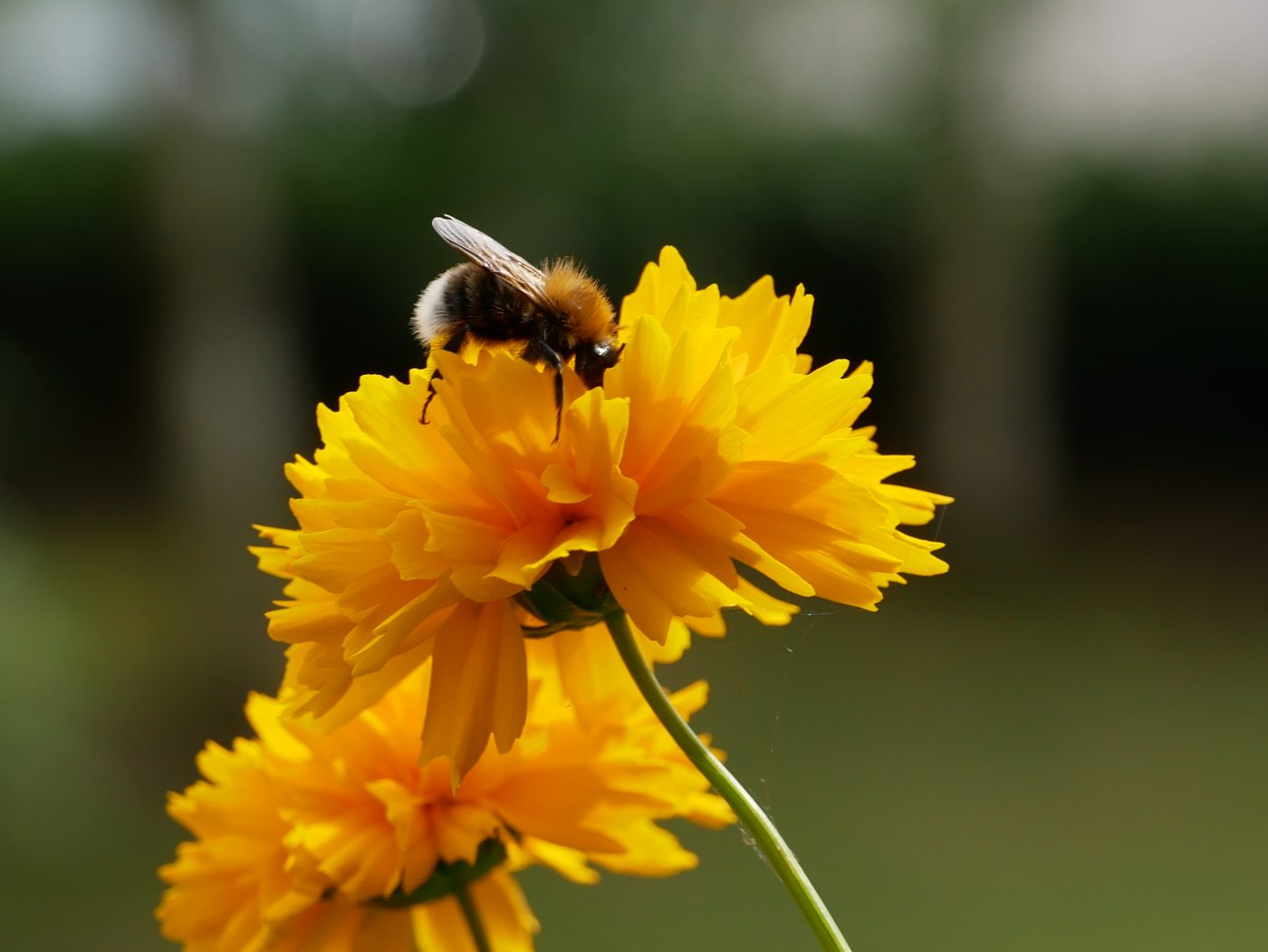
Valuable work
Nature provides us with pollinators that perform a free ecological service for us. Studies estimate its market value at 235 to 577 billion US dollars (2015). Humankind relies on this essential ecosystem function since the natural mechanisms are almost impossible to replace.
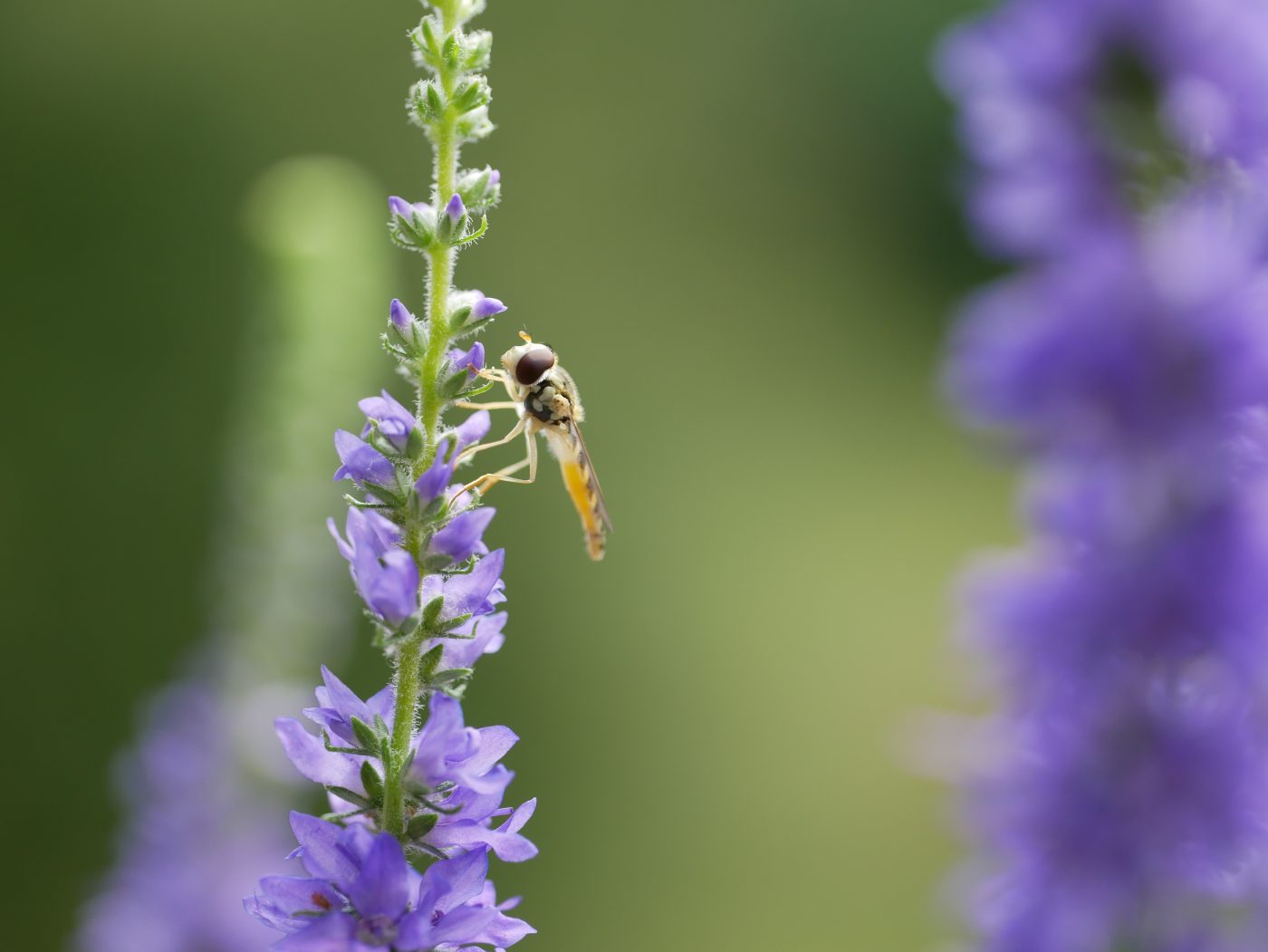
Impact
If it weren’t for the pollination, not only the human nutrition would be threatened but also the cultivation of global resources that we need for the production of clothes, medicine and building material. The loss of wild plants and the resulting reduction of biodiversity would be equally fatal since it unbalances sensitive ecosystems and food chains and thereby endangers other (animal) species. The long-term results for the global ecosystem and humankind would be dramatic.
Which pollinator is the busiest?
There is a wide range of pollinators: honeybees, bumblebees, wasps and flies, to name just a few. But which pollinator has the largest impact on the survival of plants and on our nutrition?
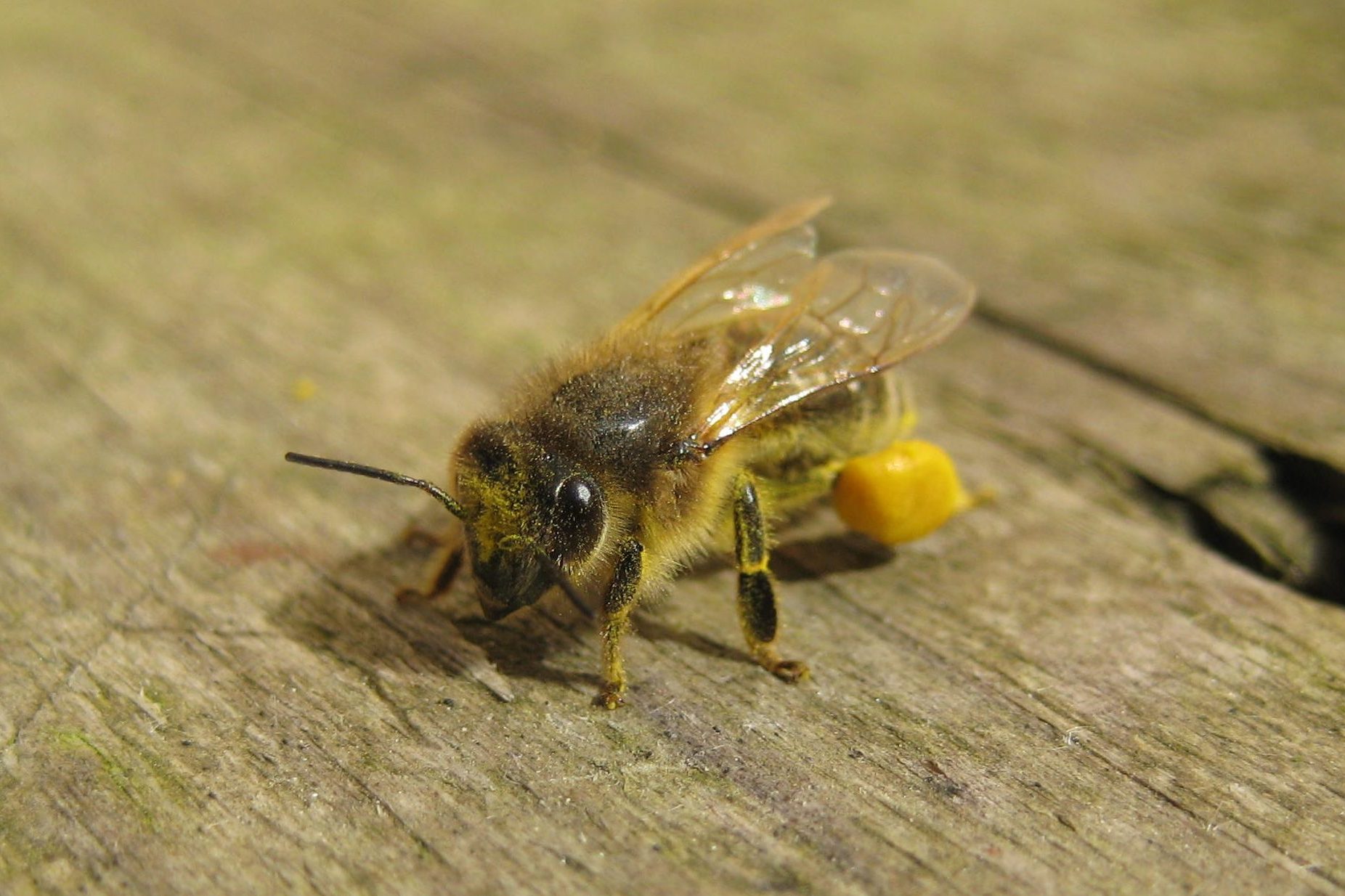
The honeybee?
If you asked beekeepers, they would probably say it is the honeybee, and for good reason. The honeybee is not specialized on any particular flower, but pollinates many different kinds. Therefore, beekeepers that practice migratory beekeeping can use them to pollinate a specific flower culture such as canola or fruit trees. In contrast to other pollinators, honeybees survive winter as a colony which gives them a big advantage in spring. In addition to the pollination, they provide us with products such as honey, pollen, wax and propolis. Over the centuries, honeybees have therefore retained their importance to humankind which has ultimately led to their domestication.

The wild pollinators?
Supporters of wild bees present other arguments. Bumblebees, wasps and hornets build up their colonies until summer and reach considerable numbers of individuals even though their populations do not get as not as strong as those of the honeybee. There is an enormous variety of wild bees – worldwide there are about 20.000 species.
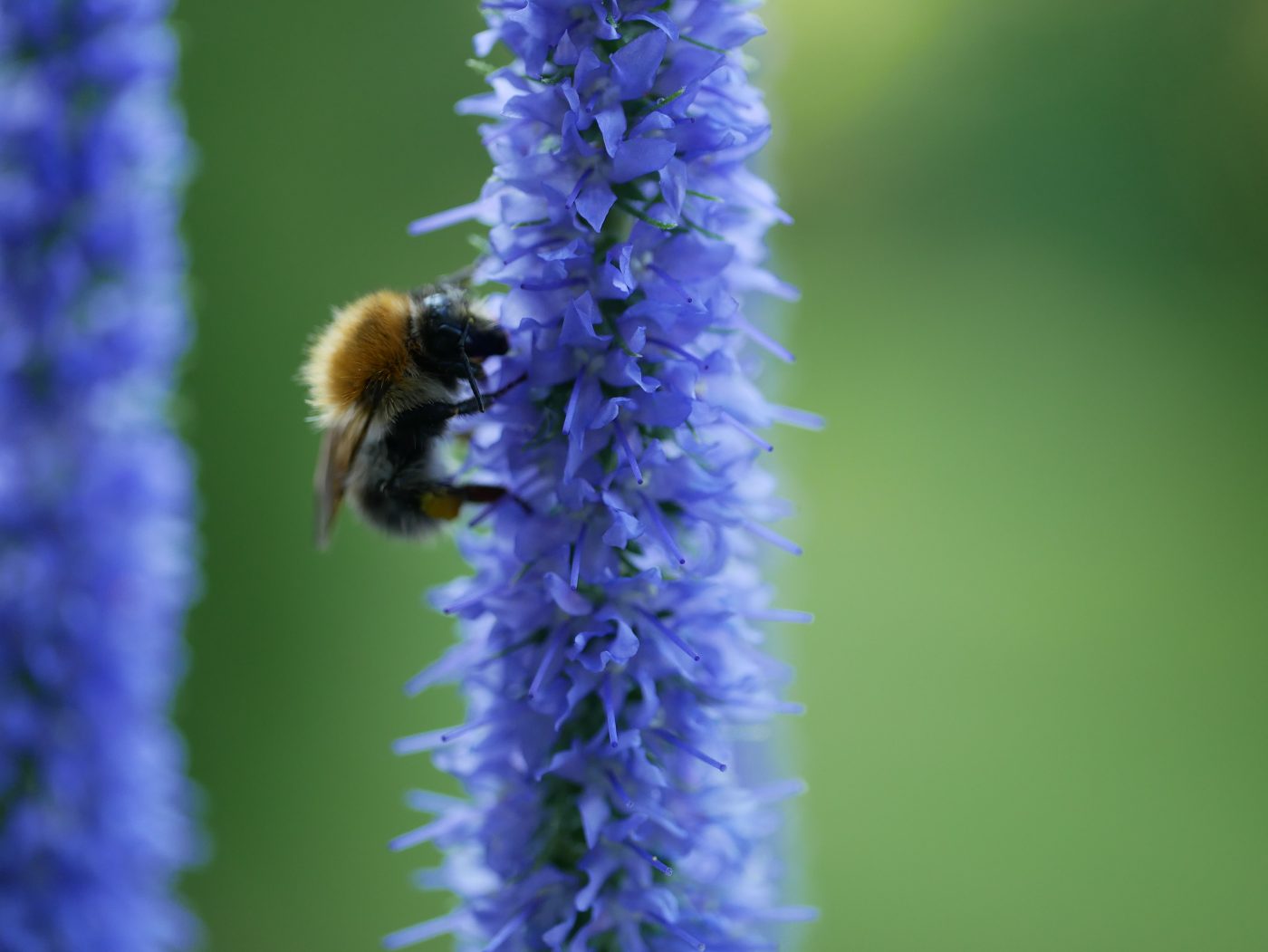
Their diversity is a big strength: many of the wild bees are specialized on specific flower species that have adapted to the physical condition of the wild bees during evolution. These perfect matches need each other; a honeybee or another pollinator would not be able to perform this specialized task. Furthermore, due to their large variety, they are ideally adapted to different environments and climatic conditions. Due to their fur, many bumblebees are able to fly even at low temperatures, and can work more hours per day than a honeybee.
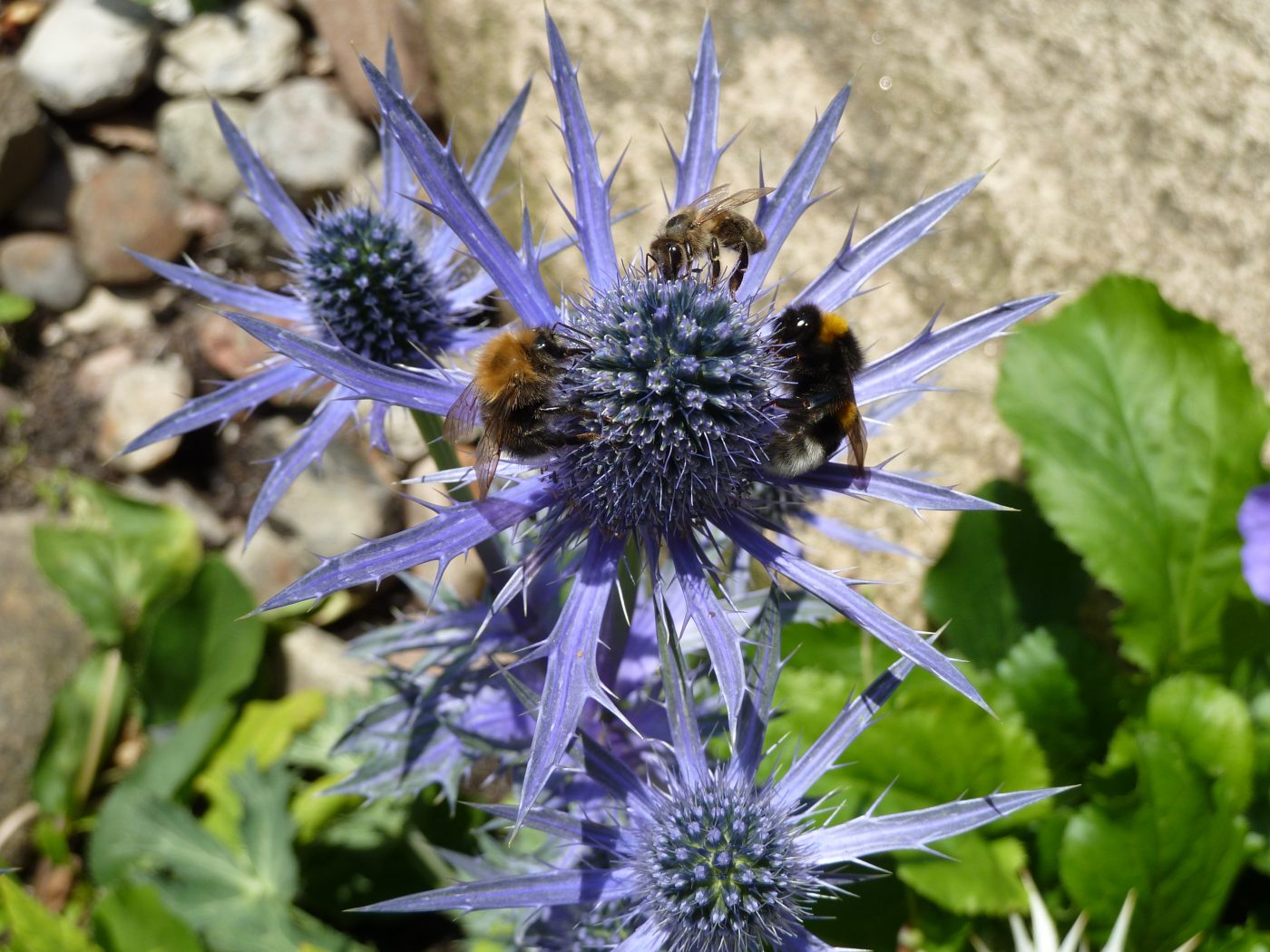
Teamwork is crucial!
Although some horticultural businesses already use bred bumblebees for a better pollination of their plants, the importance of pollinators is still underestimated. New scientific evidence shows how important the interaction of wild pollinators among each other and with honeybees is. If all pollinators work together, farms can achieve better pollination results and in return higher yields. This is one of the best reasons to value and protect all pollinators equally.